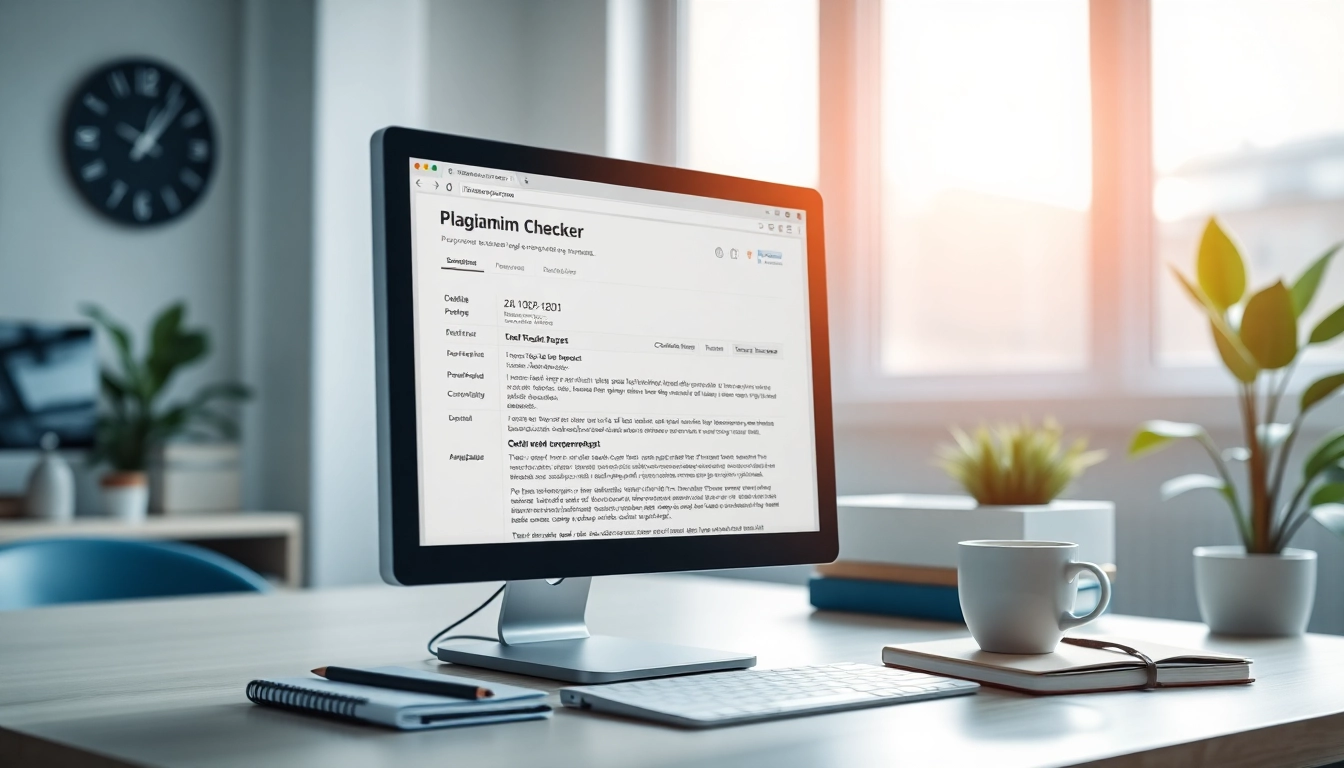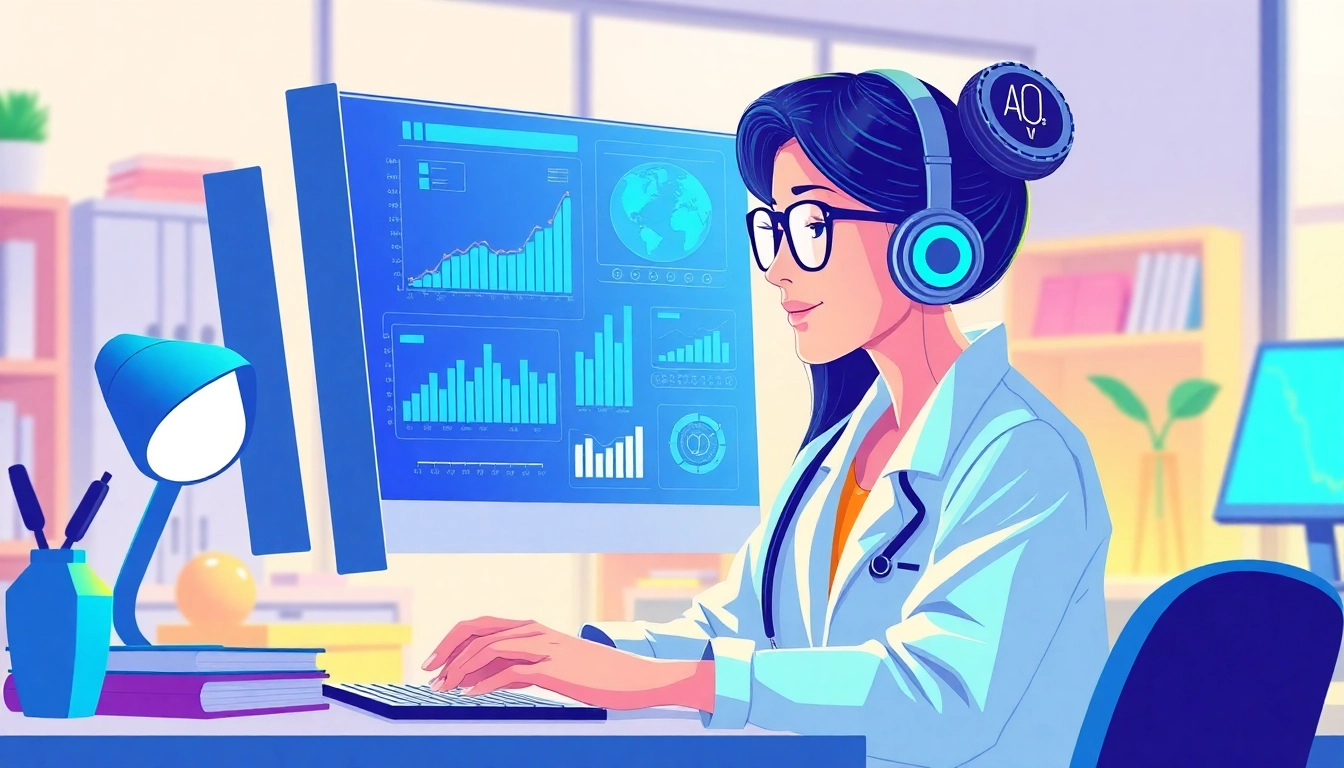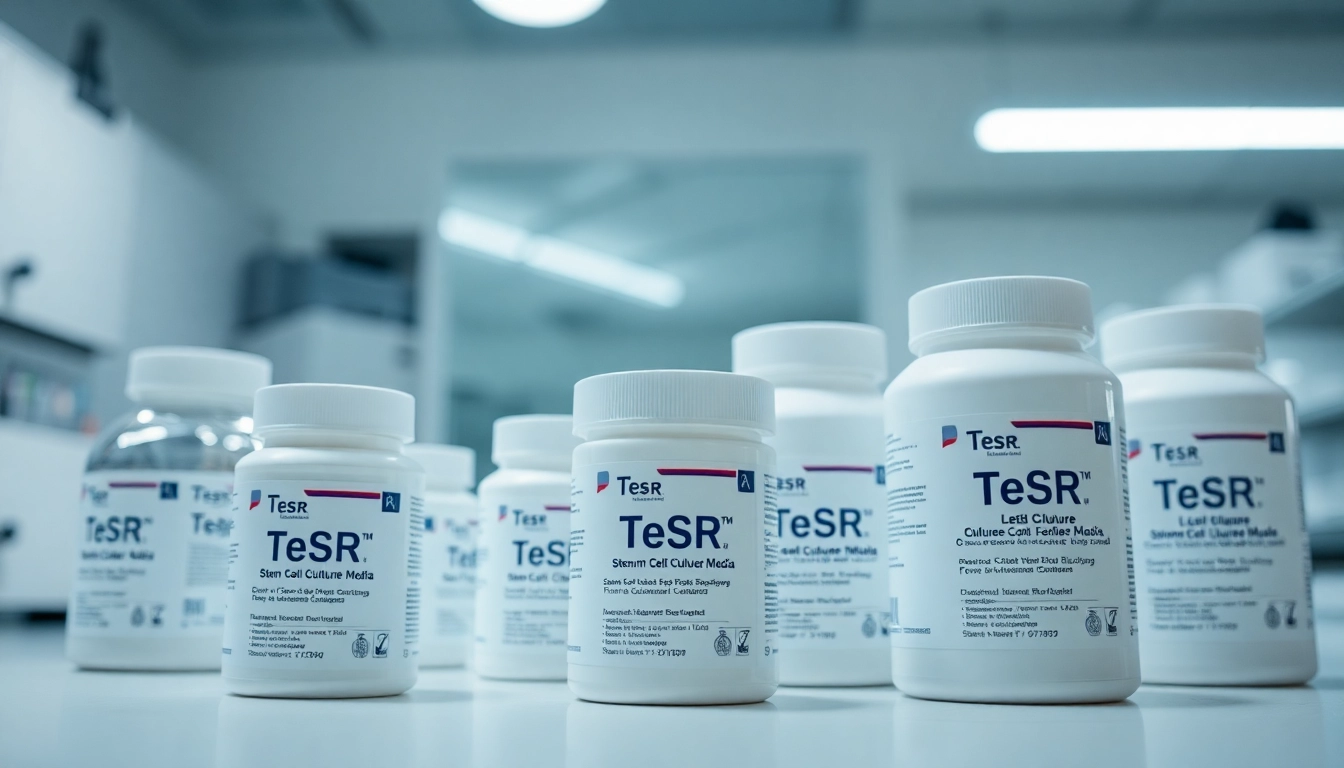Understanding Plagiarism and Its Implications
Plagiarism is a term that resonates deeply within academia, publishing, and creative industries. It refers to the act of using someone else’s work, ideas, or expressions without appropriate citation, thereby presenting them as one’s own. This not only undermines the original creator’s intellectual property rights but can also severely impact a person’s academic and professional reputation. In this detailed guide, we will explore what constitutes plagiarism, its implications, and how a plagiarism checker can assist in maintaining academic integrity.
Defining Plagiarism: What Constitutes Copying?
At its core, plagiarism can manifest in multiple forms, including direct copying, paraphrasing without attribution, and self-plagiarism. Direct copying occurs when someone reproduces text verbatim without quotes or citations. Paraphrasing involves rewording someone’s ideas or arguments but still necessitates proper acknowledgment of the source. Self-plagiarism, on the other hand, occurs when an individual reuses their previous work without disclosure, misrepresenting its originality. Understanding these nuances is essential for students, educators, and professionals alike, as the consequences can range from academic penalties to legal ramifications.
The Consequences of Plagiarism in Academia
The repercussions for plagiarism can be devastating in an academic context. Educational institutions adopt strict policies on academic integrity, which may include failing grades for the assignment, course, or even expulsion. For students, this can damage their academic record and future opportunities. Beyond academia, a reputation marred by plagiarism can hinder professional advancement, as trust and integrity are cornerstones of any successful career. Institutions also suffer, as they must uphold their reputation as bastions of knowledge and creativity.
Different Types of Plagiarism Explained
Recognizing the various types of plagiarism is crucial for maintaining originality in work. The primary types include:
- Direct Plagiarism: Copying someone else’s work word-for-word without attribution.
- Self-Plagiarism: Reusing one’s own previously submitted work without acknowledgment.
- Patchwork Plagiarism: Combining phrases and ideas from multiple sources without proper citation, creating a “mosaic” of texts.
- Source-based Plagiarism: Misrepresenting sources or failing to provide citations correctly.
- Accidental Plagiarism: Unintentionally failing to cite sources or paraphrasing without sufficient originality.
How a Plagiarism Checker Works
Algorithms and Technology Behind Plagiarism Checkers
A plagiarism checker utilizes sophisticated algorithms to compare submitted texts with a vast database of published material. These algorithms analyze various factors such as sentence structure, word choice, and context to identify similarities between the text in question and existing works. Many checkers employ machine learning techniques that continuously improve their accuracy based on user feedback and updates to the database.
Steps Involved in Conducting a Plagiarism Check
Using a plagiarism checker typically involves several simple steps:
- Submission: The user uploads or copies the text into the checker interface.
- Scanning: The tool examines the text against its database for matches and similarities.
- Report Generation: After processing, users receive a report detailing any instances of potential plagiarism, along with links to the original sources.
- Review and Revision: Based on the report, users can revise their work by properly citing sources or enhancing originality.
Common Tools and Features Used
Modern plagiarism checkers feature various tools tailored to assist users in ensuring originality:
- Database Size: Larger databases typically yield more reliable results, as more sources are scanned.
- Similarity Percentage: Most checkers provide a percentage indicating how much of the text matches existing works.
- Comprehensive Reporting: Detailed reports that point out matched sections and suggest sources enhance understanding.
- Integration with Writing Platforms: Many tools offer plugins or integrations with popular word processors, facilitating seamless checks as part of the writing process.
Benefits of Using a Plagiarism Checker
Improving Writing Quality with Feedback
In addition to identifying potential plagiarism, these tools help improve overall writing quality. By receiving immediate feedback, users can enhance their writing skills and learn to paraphrase effectively. Moreover, understanding where they may have inadvertently copied content enables them to develop a more original writing style.
Ensuring Originality in Various Formats
Plagiarism checkers are not limited to text-based documents; they can also analyze various formats, including articles, essays, and reports, regardless of their structure. This versatility ensures that all types of content can be scrutinized for originality, which is especially beneficial for researchers and authors producing diverse types of work.
Saving Time and Resources in Content Creation
Time is a precious commodity in any writing process. Plagiarism checkers significantly streamline the process of content creation. By instilling a habit of checking for originality early, users can save considerable time that might otherwise be spent on revisions, appeals, or addressing potential plagiarism issues after submission.
Best Practices for Effective Plagiarism Checking
Integrating Plagiarism Checkers in Writing Processes
To maximize the benefits of a plagiarism checker, integrating its use into the writing process is essential. Here are recommended practices:
- Initial Draft Check: Run a plagiarism check on the first draft to identify issues early.
- Ongoing Checks: Regularly check pieces of content as they evolve rather than at the final stages.
- Educational Use: Educators should encourage students to use these tools to foster awareness about plagiarism.
Understanding Report Metrics and Indicators
Understanding the metrics presented in plagiarism reports is crucial for making informed decisions. Users should focus on:
- Percentage of Similarity: A high percentage might indicate significant content overlap, while a lower percentage suggests originality.
- Source Links: Reviewing the sources of matches can provide insight into which ideas or phrases may need citation or reworking.
Avoiding Common Mistakes When Using a Tool
While plagiarism checkers are powerful, users can make common mistakes leading to misunderstandings or ineffective use:
- Overreliance on the Tool: A checker should not replace personal judgment. Critical thinking remains essential.
- Ignoring Report Findings: Failing to address potential issues highlighted in the report can lead to consequences down the line.
The Future of Plagiarism Checking Technology
Emerging Trends in Plagiarism Detection
The field of plagiarism detection is evolving rapidly, driven by advancements in technology. Future trends include:
- Real-time Checking: As writing occurs, features that provide immediate feedback will enhance real-time revisions.
- Enhanced Database Utilization: Collaboration between tools for sharing data can improve detection rates.
- Support for More Formats: As multimedia content increases, future checkers may analyze images, videos, and other non-text formats.
AI and Machine Learning: Enhancements in Accuracy
AI and machine learning technologies are reshaping the capabilities of plagiarism checkers. By learning from past checks, these systems can improve their algorithms for better accuracy and efficiency. Expect to see:
- Contextual Understanding: Future systems may discern context and intent, reducing false positives more effectively.
- Anomaly Detection: Advanced tools may identify unusual writing patterns that suggest potential plagiarism.
The Role of Educational Institutions in Promoting Tools
Educational institutions play a pivotal role in fostering awareness about plagiarism and promoting tools that combat it. Developing a culture of academic integrity involves:
- Workshops and Training: Providing students and faculty with resources on how to correctly cite sources and the importance of originality.
- Encouraging Use of Checkers: Making plagiarism checkers accessible and requiring their use can elevate the overall standard of work.



